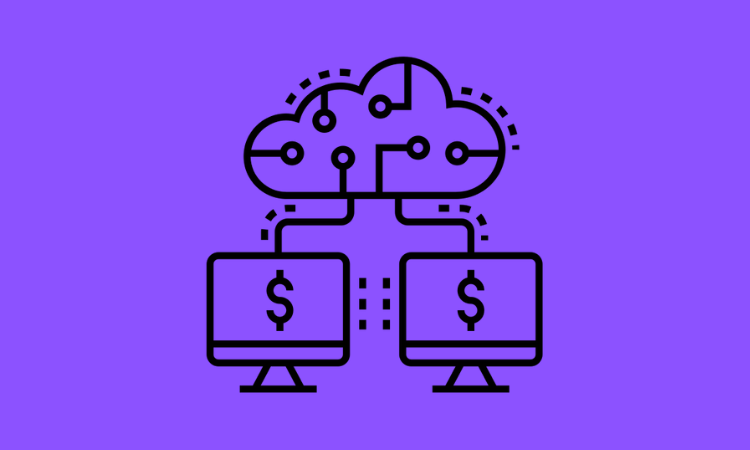Finance Everywhere, Member Exclusive, Podcasts
‘The migration to a more connected platform is the gateway to growth for banks’: Publicis Sapient’s David Donovan
- In his financial services practice, David Donovan works with most of the largest banks in the world.
- He delivers his views on where embedded finance is headed and why it's so important to get right.








